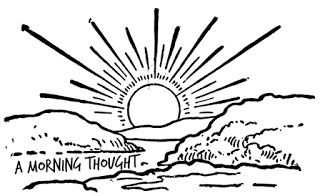News Letter ✒ Kingsmills was a “war crime on a par with Bloody Sunday and Ballymurphy” according to the writer and historian Anthony McIntyre – who was once a member of the Provisional IRA himself.
Mr McIntyre rejected previous republican attempts to deflect from the IRA’s responsibility for the massacre – which last week’s inquest ruled was an “overtly sectarian attack by the IRA”.
He said:
He said this:
Sinn Fein’s Gerry Kelly said the Kingsmill families “are entitled to truth and justice” in a statement dominated by demands for an end to the UK Legacy Act.
Mr McIntyre rejected previous republican attempts to deflect from the IRA’s responsibility for the massacre – which last week’s inquest ruled was an “overtly sectarian attack by the IRA”.
He said:
I have heard a prominent Sinn Fein member speculate that the INLA might have been responsible. I regard this as spurious nonsense, designed to deflect.
My view is that truth and reconciliation calls from Sinn Fein are a subterfuge to mask an ongoing strategic thrust against the British and political unionism.
He said this:
reinforces the hierarchy of victims phenomenon by effectively proclaiming that the victims of the British are entitled to the truth but the victims of republicanism are not. It is not logically possible to ethically square that circle.I have said publicly on a number of occasions that Sinn Fein meeting British monarchs cannot be about reconciliation. If Sinn Fein was motivated by authenticity on the issue of reconciliation, it would, at the very least, tell the victims of IRA war crimes such as Kingsmills that the IRA was responsible for them.
The Kingsmills war crime, much like the Disappeared, projects very dark blemishes onto the sanitised narrative of republican armed struggle.
Demands from any quarter for half the truth are transparently insulting and belittle any notion of reconciliation.
Sinn Fein’s Gerry Kelly said the Kingsmill families “are entitled to truth and justice” in a statement dominated by demands for an end to the UK Legacy Act.
 |
| ⏩Follow on Twitter @AnthonyMcIntyre. |




























